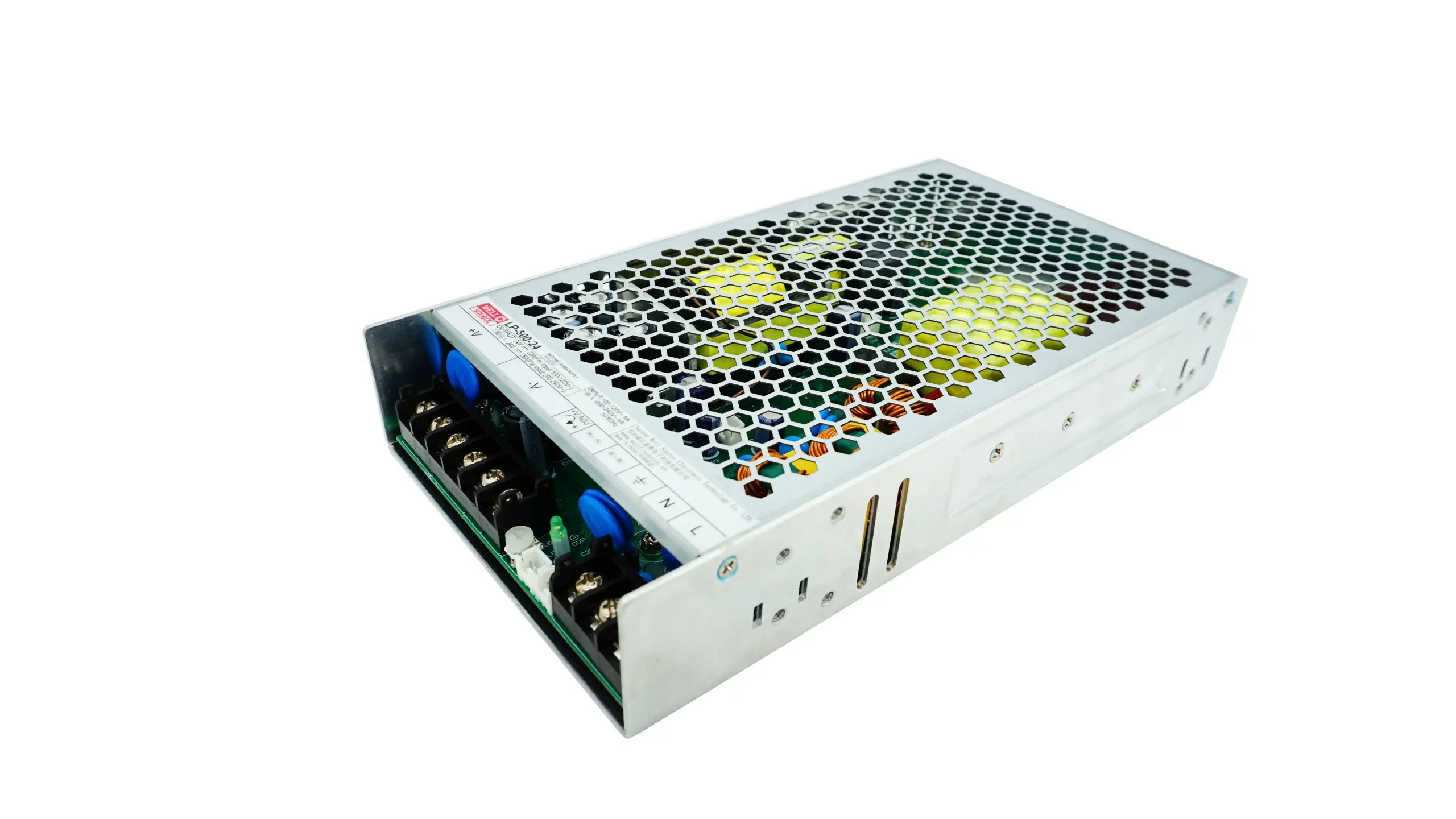Switching power supply should be commonly used in electronic equipment. The full English name is Switch Mode Power Supply, or SMPS for short. It is also called switching power supply and switching converter. It is a high-frequency conversion device.
The power input of the switching power supply may be AC power or DC voltage, and the output is DC voltage, which will mostly supply power to devices that require DC power, such as personal computers, mobile phones and other electronic devices.
Table of Contents
What are the characteristics of switching power supply?
Low power consumption, high efficiency, significant energy saving effect
The power loss of switching power supply is low, and its conversion efficiency is generally above 80%, while if it is a linear power supply, it is only about 40%. Therefore, the power consumption of the switching power supply will be relatively small, and the energy saving effect is also significant.
Small size and light weight
There is no need for a bulky, large transformer or a large heat sink in the switching power supply.
Therefore, it can be made smaller in size, and the weight will not be very heavy. Compared with linear power supplies, the size will be very obvious, and it can be only 1/3 or smaller.

Wide input voltage range
The input voltage range of the switching power supply is very wide. The input voltage span can be very large, such as 60~260V. It can also be regarded as a universal input voltage, which can match the civil electricity usage standards of many countries without considering the voltage. The matching problem further expands the scope of use.
However, everything has two sides, with advantages and disadvantages. The same goes for switching power supplies, which also have their disadvantages. These factors need to be taken into consideration when using them in practice.
Large electromagnetic interference
The power switch of the switching power supply will generate peak currents and peak voltages during operation (extremely short duration but high values), and these peak current and peak voltages will cause relatively large electromagnetic interference and electromagnetic radiation, which will cause interference. These interferences will cause interference to other nearby electronic devices, such as some communication equipment.
Large output ripple
Why do many electronic devices still choose to use linear power supplies even though they are larger in size? A very important reason is that the output ripple of a linear power supply can be very small, which can make the output voltage very stable. For some modules or chips that require very high voltage stability, linear power supplies are generally used.
The output ripple of a switching power supply is relatively large, because its voltage/current is generally a rectangular wave, and filtering is more difficult, so the output voltage will contain larger ripple and noise components.
